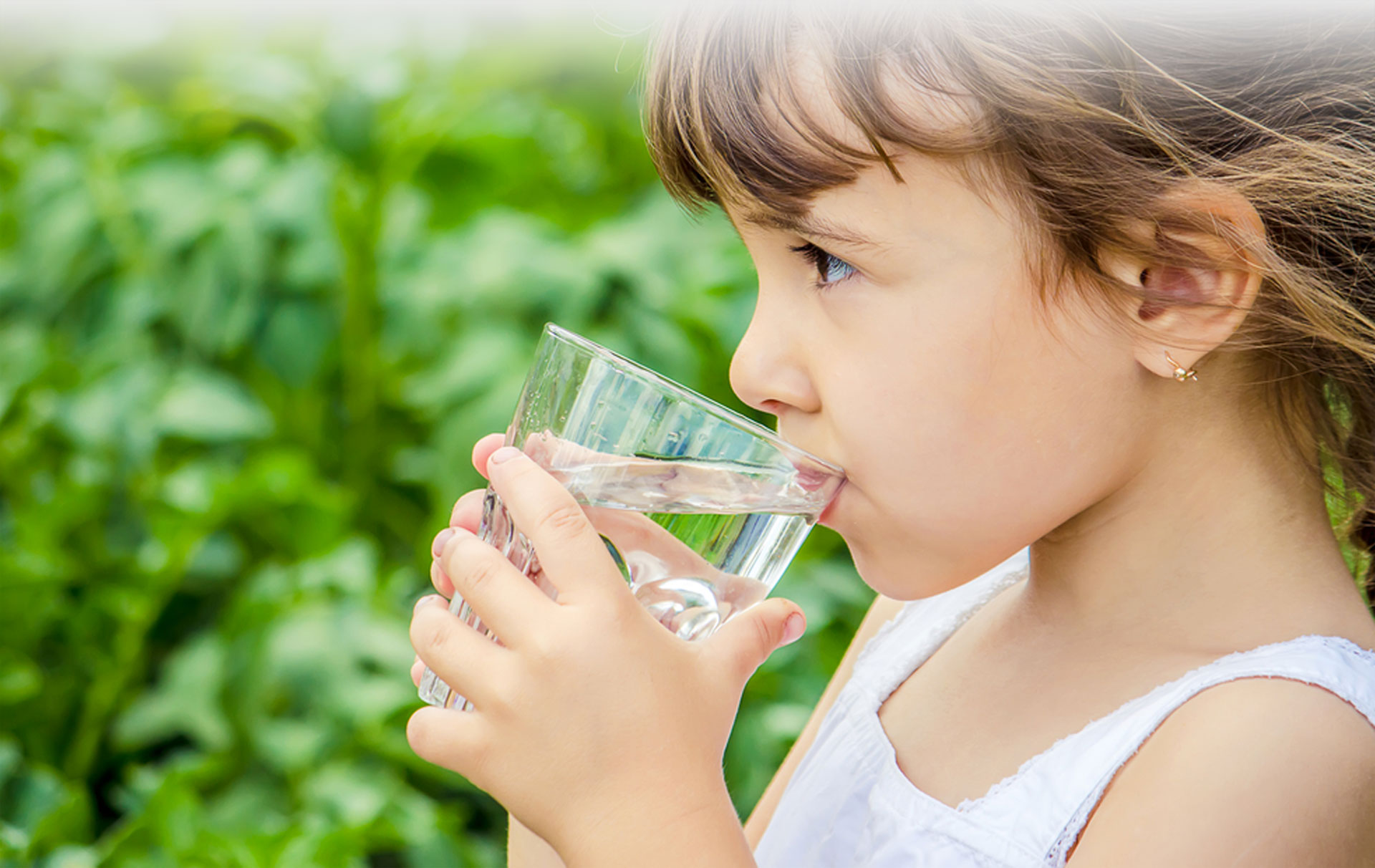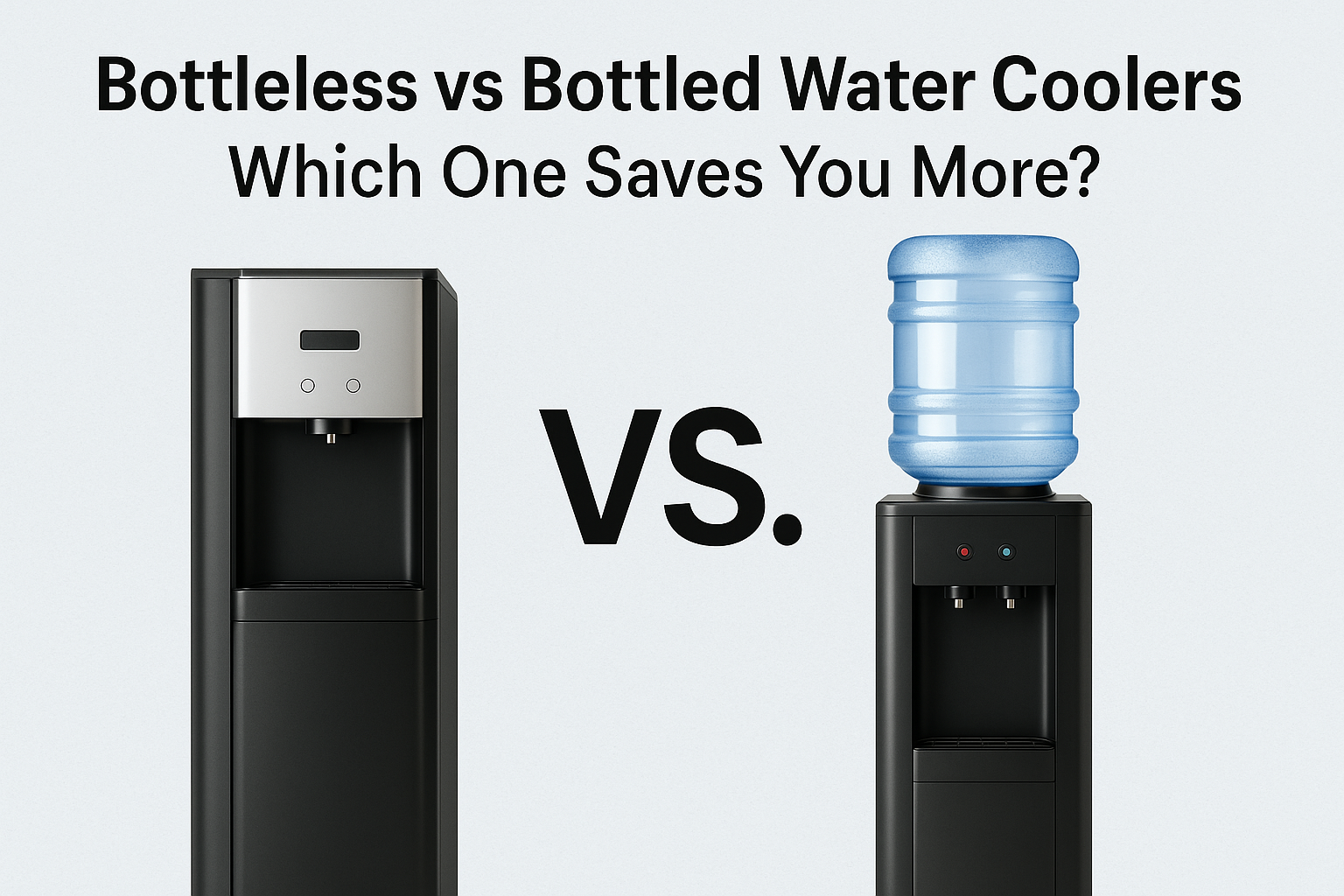Bottleless vs Bottled Water Coolers – Which One Saves You More? Discover the Real Cost and Convenience Behind Your Choice
Everything evolves — even how we drink water. Bottleless vs Bottled Water Coolers – Which One Saves You More? That question hits differently once you realize how much convenience, cost, and sustainability shape our everyday choices. For years, big blue jugs stood proudly in offices, humming quietly in the corner. But the game has changed — the future of hydration might just be tankless, filter-driven, and quietly eco-conscious. Let’s unpack this showdown and see which side truly quenches your thirst for savings and simplicity.
How Bottleless Water Coolers Work and Why They’re Trending
Bottleless water coolers, sometimes called point-of-use systems, are connected directly to your building’s water supply. Instead of relying on heavy water jugs, they purify tap water using built-in filtration technology — often multi-stage systems that remove chlorine, sediment, and microplastics. The result? Crisp, clean water on demand without waiting for deliveries or refills.
One reason these systems are trending is their simplicity. They offer the same convenience as a traditional water cooler but without the clutter or carbon footprint of plastic bottles. You plug them in, connect to a line, and that’s it — no lifting, no ordering, no hidden delivery costs. For many offices and homes, this is a quiet revolution in hydration.
And the best part? Modern designs are sleek, compact, and smart. They track filter life, monitor usage, and even adjust temperature settings. It’s the 21st-century way to stay hydrated efficiently and sustainably.
The Convenience and Familiarity of Bottled Water Coolers
There’s something comforting about the classic bottled water cooler. It’s familiar, it’s simple, and it’s been a staple in workplaces for decades. You don’t need plumbing access — just a power outlet and a few water jugs. That makes it a go-to choice for businesses that move frequently or can’t modify their building infrastructure.
Bottled coolers also provide a sense of control. You can easily choose your preferred brand, water source, or mineral composition. For small teams or temporary setups, it’s a straightforward, low-commitment solution that works right out of the box.
However, that convenience comes with recurring responsibilities — scheduling deliveries, managing storage space, and ensuring bottles don’t run out during busy hours. While bottled systems are great for flexibility, they often require more manual oversight compared to their bottleless counterparts.
Cost Comparison Between Bottleless and Bottled Water Systems
Now, let’s talk numbers — because that’s where the real debate begins. Bottleless water coolers generally involve a higher upfront cost due to installation and filtration components. But after that initial setup, the recurring expenses are minimal — just filter replacements every few months. On the other hand, bottled systems have lower upfront costs but ongoing delivery and bottle replacement fees that add up over time.
According to industry estimates, businesses can save up to 50–70% annually by switching from bottled to bottleless coolers. Think of it this way: bottled water might cost $6–$10 per five-gallon jug. Multiply that by the number of employees and delivery frequency, and you’ll see how the costs quietly stack up month after month.
Over a three-year span, a bottleless cooler often pays for itself. The fixed cost of filters and minor maintenance is far more predictable than fluctuating bottle deliveries. It’s not just cheaper — it’s financially smarter in the long run.
Maintenance and Refilling Differences Between the Two Options
Bottleless systems require minimal maintenance once installed. The filters do most of the heavy lifting, and replacements take only a few minutes every few months. Most modern units even send a notification when it’s time for a new filter — no guessing games, no downtime.
Bottled water coolers, however, rely on regular refills. Every empty jug needs replacing, which can interrupt workflow and require physical effort. In busy offices, that can mean juggling multiple large bottles weekly. Plus, storage space becomes a constant consideration — empty bottles pile up, and new ones need room.
From a maintenance standpoint, bottleless coolers win hands down. They’re set-it-and-forget-it machines that simply need clean filters to keep running smoothly. In contrast, bottled systems depend on consistent delivery logistics and human labor — both of which add hidden costs over time.
Environmental Impact of Bottled vs Bottleless Water Coolers
Here’s where the difference becomes stark. Bottleless coolers dramatically reduce plastic waste. Each five-gallon bottle used in a traditional system contributes to the production and transport of plastics, plus the carbon emissions from delivery trucks. Even if bottles are reused, there’s still a significant environmental footprint.
Switching to a bottleless system eliminates that cycle. By purifying tap water directly, these coolers remove the need for manufacturing, shipping, and recycling plastic containers. For eco-conscious businesses, this switch aligns perfectly with sustainability goals and corporate responsibility initiatives.
When it comes to the planet, the bottleless model is the clear winner. It reduces carbon emissions, conserves resources, and cuts down on waste without compromising water quality or convenience. In short, it’s a small change that makes a big impact.
Space Efficiency and Design Considerations for Modern Offices
In today’s workspaces, every square foot matters. Bottleless coolers fit seamlessly into modern office designs. They’re compact, wall-mounted, or counter-ready, freeing up floor space that would otherwise store bulky water bottles. That’s a big win for small offices or coworking spaces aiming for a clean, minimalist aesthetic.
Bottled water coolers, though familiar, often demand more space. You need room for bottles — both full and empty — and safe storage for deliveries. The visual clutter of stacked jugs can disrupt open-space layouts and create logistical headaches during busy weeks.
If your office is designed for functionality and flow, the sleek form of a bottleless cooler complements that vision perfectly. It’s not just about utility; it’s about blending hydration seamlessly into your environment without sacrificing style or space.
Water Quality and Filtration Technology Explained
Water quality is at the heart of this comparison. Bottleless systems use advanced filtration — often multi-stage processes like activated carbon, reverse osmosis, or UV sterilization. These remove impurities, chlorine, and odors, delivering water that’s fresher than most bottled alternatives.
Bottled water, depending on the supplier, may come from natural springs or municipal sources. It’s usually filtered before packaging, but once bottled, it can sit in warehouses or delivery trucks for weeks before reaching the cooler. That can subtly affect taste and freshness.
From a purity standpoint, modern filtration gives bottleless coolers the upper hand. You’re essentially filtering fresh water on demand rather than relying on stored water that’s been sitting in plastic. And for health-conscious users, that distinction matters more than ever.
Long-Term Savings Potential of Bottleless Systems
When you zoom out and look at total ownership costs, bottleless systems start to shine. The average office spends thousands annually on bottled deliveries. A bottleless cooler, once installed, drastically cuts those recurring expenses. It’s a textbook example of short-term investment for long-term gain.
Besides direct financial savings, you’re also saving on logistics — fewer deliveries, less staff time managing bottles, and zero emergency calls when the last jug runs dry. Over five years, those small efficiencies translate into big operational savings.
And let’s not forget tax benefits and eco-incentives. Many companies switching to sustainable systems can qualify for green certifications or rebates, turning their water upgrade into both a financial and environmental win.
Health and Safety Benefits for Employees and Workplaces
Health is another often-overlooked angle in this debate. Bottleless systems minimize contamination risks because there’s no manual bottle handling. The closed filtration system means fewer touchpoints and less exposure to airborne particles or residues that can enter open bottles.
In contrast, bottled systems involve repeated handling — loading, unloading, and sometimes spills. In high-traffic environments, those surfaces can become unsanitary over time. Plus, lifting heavy bottles poses ergonomic risks, especially for employees refilling them regularly.
By reducing human contact and improving hygiene, bottleless coolers contribute to a safer, healthier environment — something that matters deeply in workplaces prioritizing wellness and employee satisfaction.
Choosing the Right Water Cooler for Your Business or Home
So, which one should you choose? It really depends on your setup, priorities, and budget. If you value long-term savings, eco-friendliness, and modern convenience, the bottleless route is the clear choice. You’ll get filtered water on demand with minimal hassle and consistent quality.
However, if your location lacks plumbing access or you prefer the familiarity of bottled water, the traditional cooler still holds value. For smaller offices or temporary spaces, it remains an easy, plug-and-play solution that doesn’t require installation.
The key is to evaluate your consumption habits, maintenance tolerance, and sustainability goals. Once you do, the right answer becomes obvious — and your next sip of water might just feel a little smarter.
Conclusion
When it comes to Bottleless vs Bottled Water Coolers – Which One Saves You More?, the difference goes beyond dollars. It’s about sustainability, simplicity, and long-term value. Bottleless coolers often win for cost savings and eco-benefits, while bottled systems still serve those who prioritize flexibility and portability. Whichever path you choose, it’s worth investing in hydration that supports both people and the planet.
If this guide helped you make sense of your next water choice, share it with your team or drop a comment below with your thoughts. Your insights might help others take a smarter sip toward sustainability!




